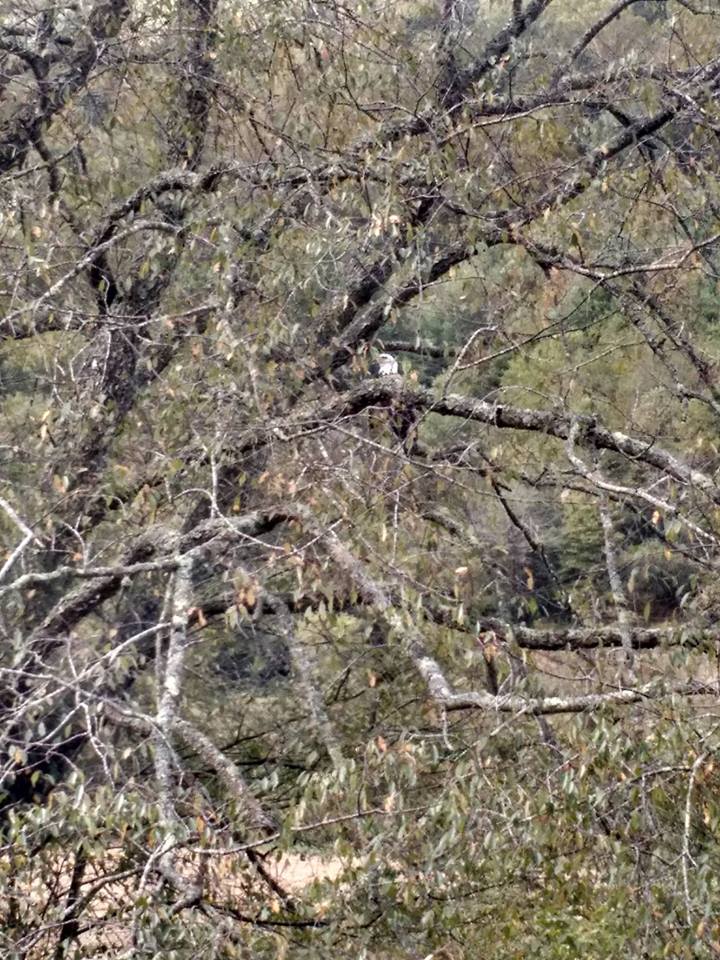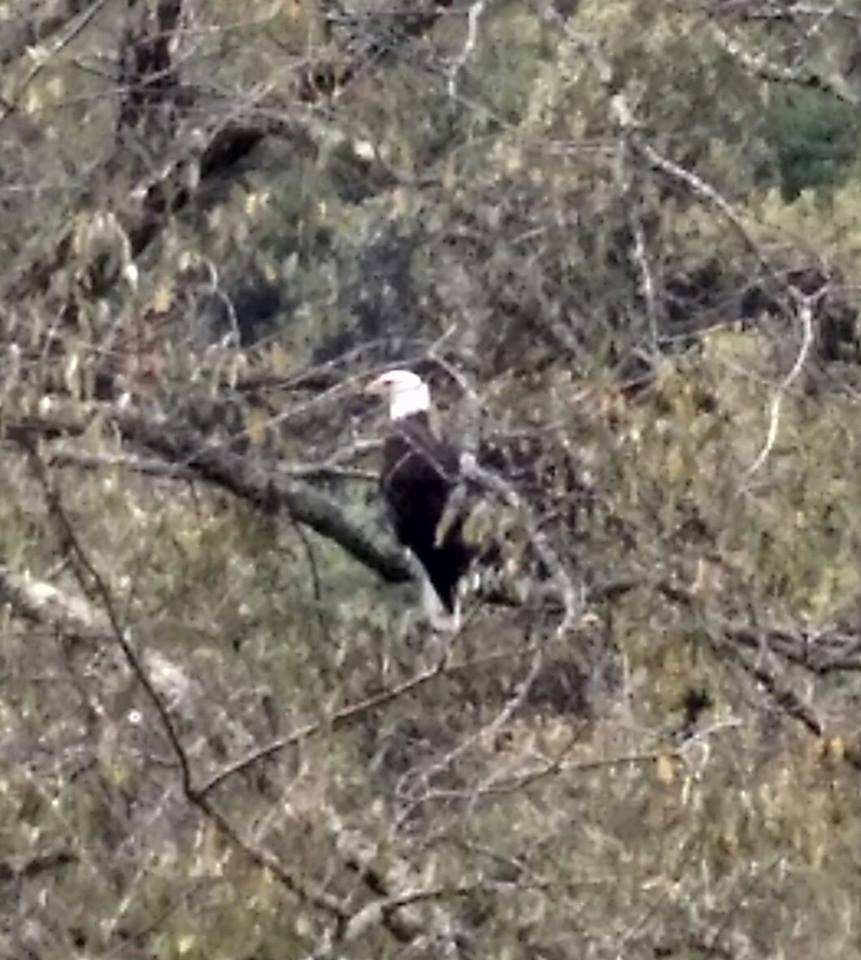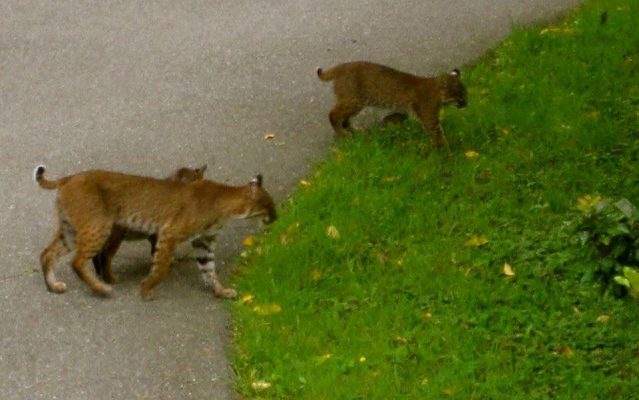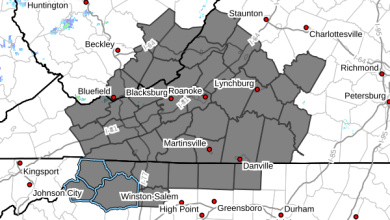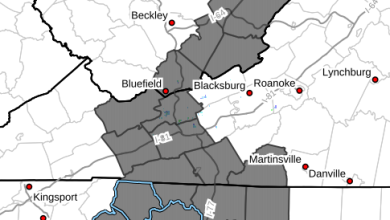Last Updated on October 6, 2016 8:34 pm
It's not that uncommon to see social media post regarding bear these days, though it is rare for one to lock itself in a car, more often than not they are hanging around houses looking for food. But post regarding bobcats or eagles are very rare from this reporter's social media observations.
Around midday on Thursday, Steve Reece sent in a photos of an eagle between Mast Gap Road and Watauga River Road in Valle Crucis. After posting one photo to the Watauga Roads Facebook page several comments came in noting that others had seen eagle(s) in the same area, along with around Howard's Creek, Roby Greene Road and near Hound Ears just to name a few locations. Bald eagle populations were severely reduced in North Carolina, and the nation, from the 1950's through at least the early 1970's mainly due to trapping, shooting and poor water quality due to pesticide use.
In 1982 the North Carolina Wildlife Resources Commission began the North Carolina Bald Eagle Project. One of the first objectives of the project was a “hacking” program, which involved raising eagles in captivity and reintroducing them into the wild. According to a 2015 article by the News & Observer of Raleigh, “Not a single pair of bald eagles were nesting in North Carolina in 1983; now there are at least 192 bald eagle nesting territories.”
Photos: Steve Reece
Later in the afternoon three bobcats were spotted in Sugar Mountain and a photo posted on the Banner Elk Facebook page. No other details were given and as of Thursday night none of the follow up comments offered any more information. It is worth noting that nearby Lees-McRae college are known as the Bobcats.
According to the North Carolina Wildlife Commission:
The bobcat gets its name from its short tail (about 5 inches long) that is dark above and white below, coloring that may serve a signaling function. The bobcat’s fur is short, dense and soft and is light brown to reddish brown on the back. The underside and insides of the legs are white with dark spots or bars.
The fur down the middle of the back may be darker, and bobcats may be grayer in the winter than at other times of the year. Adult bobcats are about two times as large as a domestic cat, standing 20 inches to 30 inches at the shoulder. Adult weights range from 10 to 40 pounds, with males being about one third larger than females.
Although bobcats are found in a wide range of habitats in North Carolina, wooded habitats of the Coastal Plain and mountains support the largest numbers.
Bottomland hardwoods, young pine stands, swamps and pocosins provide good bobcat habitation in eastern North Carolina. In the mountains, mature forests with openings or early successional forests nearby are favored. Hollow trees, rock piles, brush piles, root masses of uprooted trees or similar sites are common bobcat dens.
The bobcat is a carnivore that favors early successional prey such as rabbits and mice. Bobcats may also consume birds, cotton rats, white-tailed deer, rodents, gray squirrels, raccoons, opossums and snakes.
Bobcats are active year-round and can be active day or night, but tend to exhibit crepuscular (dawn and dusk) activity. Bobcats are solitary except during the breeding season, which usually occurs during February or March.
Photo: Banner Elk Facebook page







